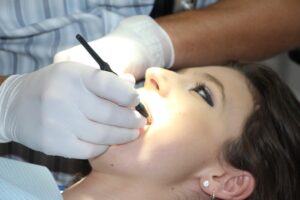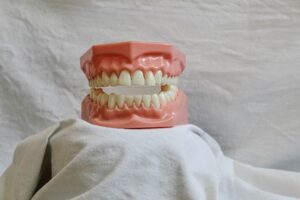When considering a facelift for patients who have previously had fillers injected, several factors must be taken into account to ensure a successful outcome and minimize complications. Here are some key considerations:
1. Assessment of Fillers:
- Type of Filler: Determine the type of filler used (e.g., hyaluronic acid, calcium hydroxylapatite, poly-L-lactic acid, permanent fillers). Each type has different characteristics, longevity, and potential interactions with surgical procedures.
- Location and Volume: We need to assess where the fillers were injected and how much volume was used. This information helps in planning the surgical approach and understanding the current facial contour. An ultrasound or better an MRI might be helpful.
2. Timing of Surgery:
- Longevity of Fillers: Consider the duration the fillers have been in place. Temporary fillers (like hyaluronic acid) may have dissipated, while longer-lasting or permanent fillers may still be present. Depending on the volume and the area injected with hyaluronic àcid, dissolving it with hyaluronidase might be helpful.
- Waiting Period: If recent filler injections were performed, it might be advisable to wait until the fillers have settled or partially resorbed before performing a facelift to avoid unexpected contour changes or complications.
3. Impact on Skin and Soft Tissues:
- Tissue Quality: Fillers can alter the texture and elasticity of the skin and underlying tissues. This may affect the surgical technique and outcomes.
- Scar Tissue: Previous filler injections can lead to scar tissue formation, which might complicate dissection and tissue repositioning during a facelift.
4. Surgical Planning:
- Customized Approach: We develop a surgical plan tailored to the patient’s unique anatomy and filler history. This may include modifications to standard facelift techniques to accommodate areas with filler.
- Conservative Approach: A more conservative facelift approach might be considered if significant fillers are present, as excessive manipulation can lead to unpredictable results.
5. Communication and Expectations:
- Patient Education: We will explain and discuss with the patient how previous fillers might influence the facelift results and recovery process. Set realistic expectations about the outcomes.
- Desired Outcome: We need to make sure we understand the patient’s aesthetic goals and how they might differ from their appearance with fillers. Align surgical plans with these goals.
6. Management of Fillers During Surgery:
- Removal or Redistribution: In some cases, it may be necessary to remove or redistribute existing fillers during the facelift. Techniques such as liposuction, direct excision, or massage can be used.
- Monitoring for Complications: Be vigilant for signs of complications related to fillers, such as granulomas or inflammation, and address these appropriately during the procedure.
7. Postoperative Care:
- Healing and Recovery: Monitor the patient’s healing process closely, as previous fillers might affect tissue response and recovery times.
- Follow-Up Treatments: Consider the need for additional treatments, such as touch-up filler injections or non-surgical modalities, to refine the final results after the facelift has healed.



